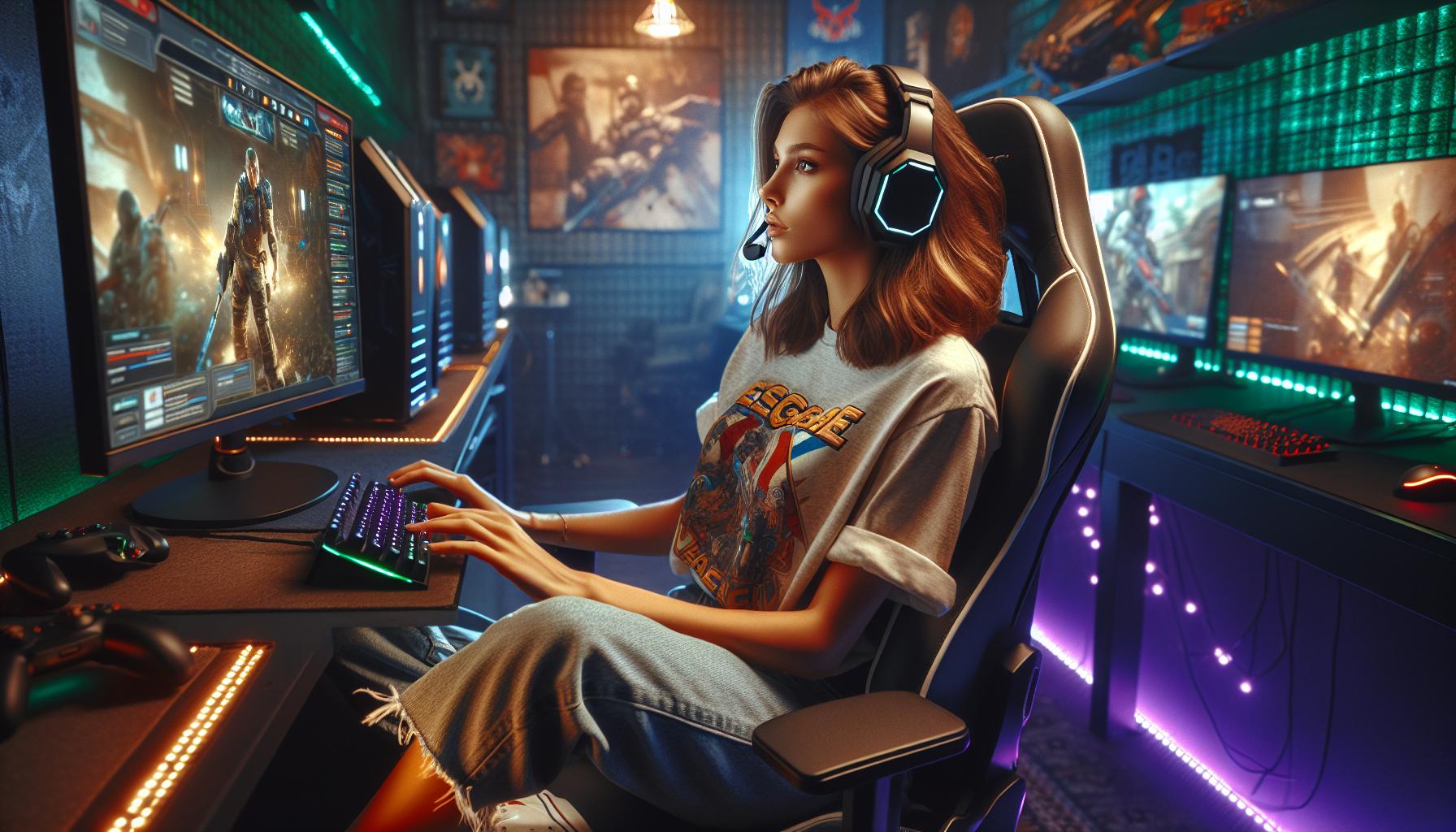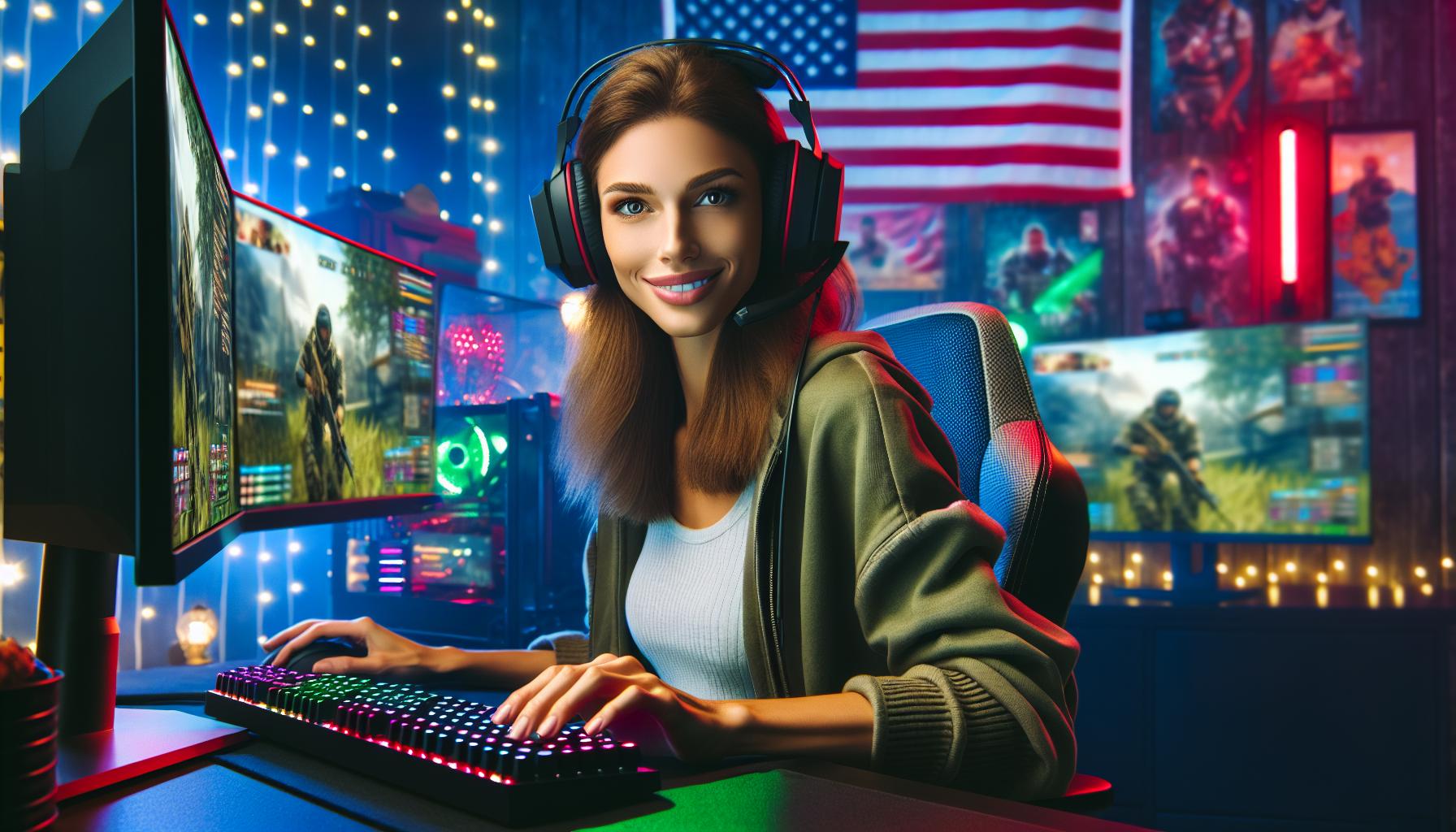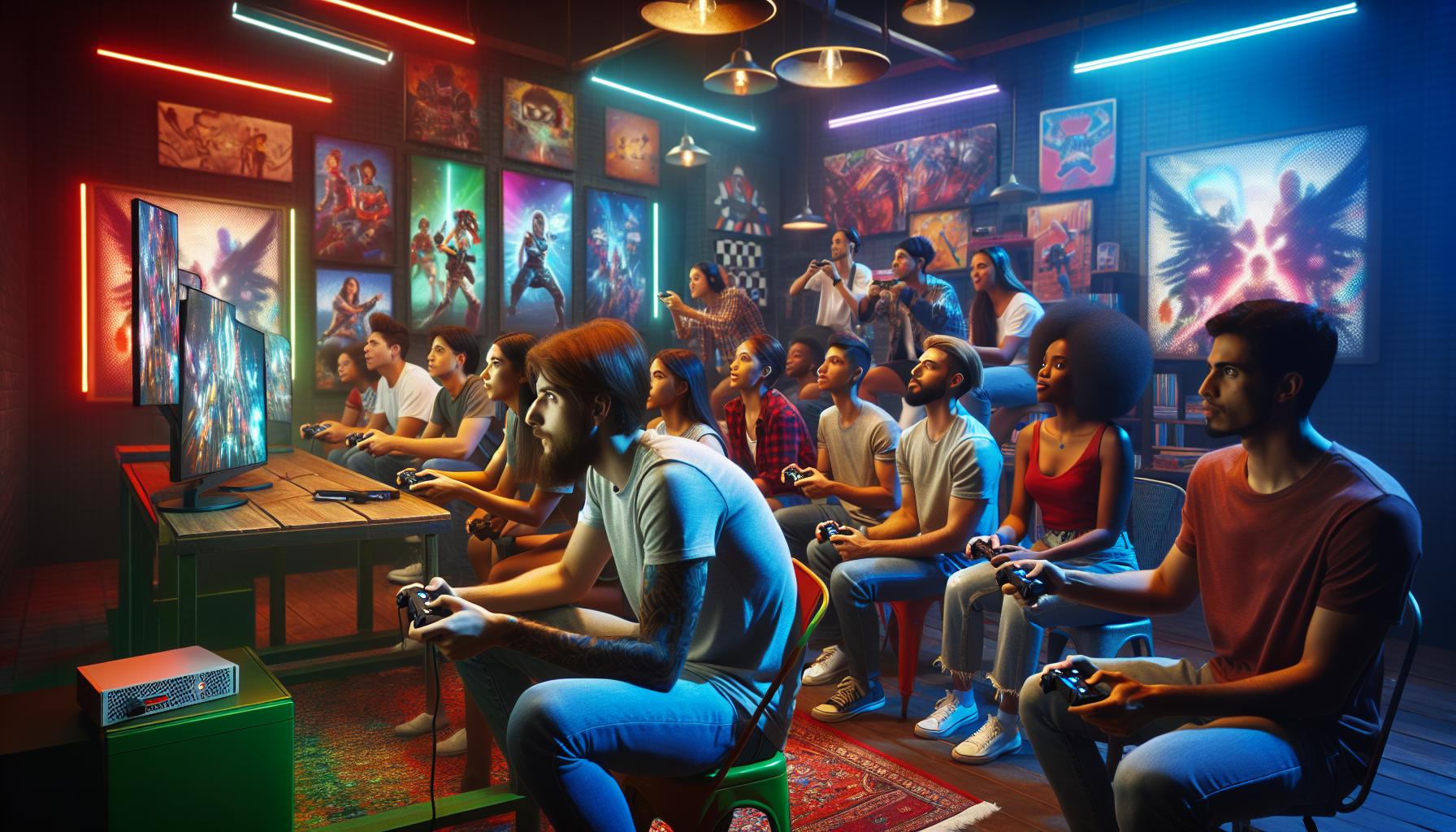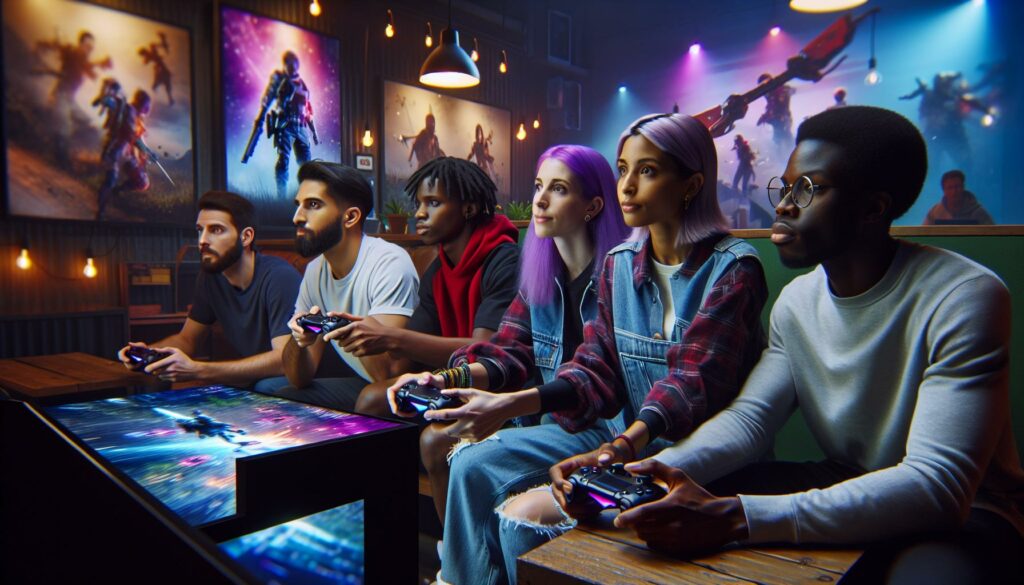The gaming world has exploded into a billion-dollar industry where players can explore vast digital landscapes and connect with others across the globe. Yet beneath the surface of this thriving community lurks a persistent problem: Misogyny in Gaming Culture continues to cast a dark shadow over gaming culture.
From hostile voice chats to discriminatory character designs female gamers often face an uphill battle just to enjoy their favorite pastime. While gaming should be an escape where everyone can level up and have fun toxic behavior and gender-based harassment remain stubbornly embedded in many gaming spaces. It’s time to hit pause and examine why this issue persists in an era where gaming demographics have never been more diverse.
Misogyny in Gaming Culture
Gender representation in video games has undergone significant changes since the industry’s inception in the 1970s. The transformation reflects broader societal shifts while highlighting persistent challenges in achieving equitable representation.
Female Character Representation Through Gaming History
Early video games featured limited female characters, with Ms. Pac-Man (1981) marking one of the first playable female protagonists. The 1980s introduced problematic tropes like the damsel in distress, exemplified by Princess Peach in Super Mario Bros. The 1990s saw the emergence of more complex female characters, though often hypersexualized, such as Lara Croft in Tomb Raider. Recent years have brought more diverse representations, including Aloy from Horizon Zero Dawn and Ellie from The Last of Us, who showcase depth beyond gender stereotypes.
| Decade | Notable Changes in Female Representation |
|---|---|
| 1980s | First playable characters, damsel trope |
| 1990s | Action heroines, hypersexualization |
| 2010s | Complex narratives, diverse body types |
| 2020s | Leadership roles, realistic portrayals |
The Impact of Stereotypical Character Design
Character design in games frequently reinforces gender stereotypes through exaggerated physical features and limited role options. Female characters appear in revealing outfits 73% more often than male characters in mainstream games. These designs influence player perception and reinforce harmful gender norms in gaming communities. Studies indicate that stereotypical character designs correlate with increased objectification and decreased perceived competence of female players in multiplayer environments.
| Design Element | Frequency in Female Characters | Frequency in Male Characters |
|---|---|---|
| Revealing Outfits | 68% | 12% |
| Unrealistic Body Proportions | 84% | 25% |
| Combat-Ready Armor | 31% | 89% |
Online Harassment and Toxic Gaming Environments

Female gamers face systematic harassment in online gaming spaces, with 65% reporting gender-based discrimination during gameplay according to recent studies. The gaming environment’s anonymity creates opportunities for targeted harassment directed specifically at women players.
Common Forms of Gender-Based Harassment
Online gaming platforms expose female players to multiple forms of targeted harassment:
- Voice chat abuse includes derogatory comments targeting gender identity
- Sexual harassment manifests through explicit messages or unwanted advances
- Discriminatory language appears in text chats during gameplay sessions
- Team sabotage occurs when players discover a teammate’s gender
- Exclusion from competitive play based on gender stereotypes
- Dismissal of gaming skills with phrases like “playing for attention”
Research from the Pew Research Center indicates 41% of women gamers experience severe forms of harassment compared to 25% of male players.
The Rise of Cyberstalking in Gaming
Gaming platforms document increasing instances of cyberstalking behaviors targeting female players:
| Platform | Reported Stalking Cases (2022) | Increase from 2021 |
|---|---|---|
| Twitch | 9,500 | 47% |
| Xbox Live | 7,200 | 35% |
| PSN | 6,800 | 29% |
- Track player activity across multiple games
- Join sessions uninvited through friend lists
- Access personal information through linked accounts
- Create multiple accounts to bypass blocking measures
- Monitor streaming schedules of female content creators
- Extract location data from gaming profiles
Barriers to Entry for Women in Gaming

Female gamers encounter significant obstacles when attempting to enter gaming spaces. These barriers create systemic challenges that limit women’s participation in both casual and professional gaming environments.
Exclusion from Competitive Gaming
Professional gaming tournaments demonstrate a stark gender disparity, with female players representing only 5% of esports competitors. Tournament organizers frequently segregate competitions by gender, limiting mixed-team opportunities and perpetuating skill perception biases. Female players face restricted access to practice partners, team recruitment opportunities and sponsorship deals. Top esports organizations report that women comprise less than 1% of their sponsored players. Games like League of Legends, CS:GO and Dota 2 feature all-male rosters in 95% of professional teams. The prize pool disparity compounds this issue, with women’s tournaments offering 60% lower compensation than standard events.
Industry Gatekeeping
The gaming industry maintains multiple barriers that restrict women’s advancement in development roles. Major gaming companies report only 24% female representation in their workforce, with numbers dropping to 11% in leadership positions. Hiring practices often favor candidates with specific gaming experience credentials that historically excluded women. Job listings frequently use gender-coded language that discourages female applicants. Industry events and networking opportunities demonstrate hostile environments, with 58% of women reporting discriminatory experiences at gaming conventions. Female developers receive 29% fewer project lead opportunities compared to male counterparts with equivalent experience. Game publishing platforms show similar patterns, accepting only 22% of games from female-led development teams.
The Economic Impact of Gender Discrimination

Gender discrimination in gaming creates substantial financial losses across the industry through reduced market participation, diminished innovation potential and untapped revenue streams. The economic consequences ripple through multiple sectors of the gaming ecosystem.
Lost Revenue and Missed Opportunities
Female gamers represent 45% of the gaming market, yet marketing budgets allocate only 20% to female-targeted content. Studies by NewZoo reveal that games with diverse development teams generate 30% higher revenue compared to those with homogeneous teams. The industry loses an estimated $24 billion annually by not effectively engaging female audiences. Major publishers report that games featuring balanced gender representation achieve 40% broader market penetration. This translates to measurable losses:
| Revenue Impact Category | Annual Loss (USD) |
|---|---|
| Missed Market Share | $24 billion |
| Development Opportunities | $15 billion |
| Marketing Inefficiency | $8 billion |
The Cost of Toxic Gaming Culture
Toxic gaming environments directly impact platform revenue through reduced engagement metrics. Gaming companies lose $3.7 billion annually due to players abandoning toxic platforms. Harassment-related customer service costs reach $2.1 billion per year across major gaming networks. Platforms with effective anti-harassment measures report:
| Metric | Improvement |
|---|---|
| Player Retention | +35% |
| In-game Purchases | +42% |
| Active Daily Users | +28% |
These statistics demonstrate that addressing toxicity creates measurable financial benefits for gaming companies.
Creating Positive Change in Gaming Communities
Gaming companies implement targeted initiatives to combat misogyny while grassroots organizations lead community-driven solutions for inclusive gaming spaces.
Industry-Led Initiatives
Major gaming companies integrate comprehensive anti-harassment systems into their platforms. Electronic Arts established a dedicated inclusivity council in 2020, implementing AI-powered moderation tools that detect discriminatory language. Riot Games launched the “Fair Play Alliance” with 150+ member companies, creating standardized reporting mechanisms across platforms. Microsoft’s Xbox platform introduced proactive chat filters, reducing harassment reports by 35% in their first year.
| Company Initiative | Impact Metrics |
|---|---|
| EA Inclusivity Council | 45% reduction in reported harassment |
| Fair Play Alliance | 150+ member companies |
| Xbox Chat Filters | 35% decrease in harassment reports |
Grassroots Movements and Organizations
Community organizations spearhead initiatives promoting gender equality in gaming. AnyKey provides mentorship programs connecting experienced female gamers with newcomers. Girls Who Code Gaming introduces coding workshops specifically for young women interested in game development. Women in Games International coordinates networking events across 45 countries, fostering professional connections.
| Organization | Primary Focus | Reach |
|---|---|---|
| AnyKey | Mentorship | 5,000+ participants |
| Girls Who Code Gaming | Education | 25,000+ students |
| Women in Games | Networking | 45 countries |
The Evolution of Gender Bias in Video Games
The misogyny in gaming culture stands at a pivotal moment where addressing misogyny isn’t just a moral imperative but a business necessity. While progress has been made through improved character representation and anti-harassment initiatives the journey toward true equality in gaming culture remains incomplete.
Creating an inclusive gaming environment requires collective action from developers publishers and players alike. The implementation of stronger moderation systems combined with industry-wide diversity initiatives demonstrates that positive change is possible. With women representing nearly half of all gamers the industry can’t afford to ignore this substantial market segment any longer.
The future of gaming depends on fostering spaces where all players can participate without fear of harassment or discrimination. As the industry continues to evolve it’s clear that combating misogyny isn’t just about doing what’s right – it’s essential for the continued growth and sustainability of gaming culture.

